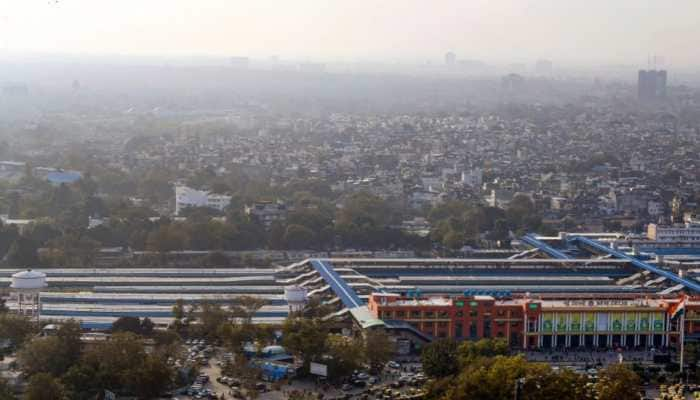China manufacturing expands for first time in 9 months
The official Purchasing Managers` Index (PMI), which tracks activity in factories and workshops, rebounded to 50.2 last month, figures from the National Bureau of Statistics (NBS) showed.
Trending Photos
)
Chinese manufacturing activity expanded in March for the first time in nine months, official data showed Friday, while a private survey indicated the smallest decline for more than a year in positive signals for the world`s second-largest economy.
The official Purchasing Managers` Index (PMI), which tracks activity in factories and workshops, rebounded to 50.2 last month, figures from the National Bureau of Statistics (NBS) showed.
It was the highest figure in nine months and the first expansion since June 2015. The result also beat the median expectations of 49.4 in a Bloomberg News survey of economists.
A reading above 50 signals expanding activity in the vital sector, while anything below indicates contraction. Investors watch the index closely as the first available official indicator of the country`s economic health each month.
The figure follows February`s 49.0 and NBS analyst Zhao Qinghe said in a separate statement that the March PMI showed "some positive signs have started to emerge" following the Lunar New Year holiday.
"Manufacturing production and the market warmed up as companies started working after the Spring Festival and supply-side reform accelerated."
China`s economy, a vital driver of global expansion, grew 6.9 percent last year, its weakest rate in a quarter of a century.
The private Caixin Purchasing Managers` Index, which puts a greater emphasis on smaller firms, came in at 49.7, the highest reading in 13 months, the Chinese financial magazine said in a joint statement with data compiler Markit.
It said the figure showed "only a fractional deterioration in the health of the sector", as companies cited an improvement in orders, although weak foreign demand "remained a drag" on growth.
Despite the improvement, the benchmark Shanghai Composite Index slipped 0.50 percent in late morning trade. A rebound in fixed-asset investment and the property market have also boosted production and consumption to some extent, Zhao said, but added the expansion was partly due to seasonal factors.
"We should be aware that there remain many difficulties in companies` production and operation," he said.
Firms were still facing tight financing, insufficient demand and rising labour costs, Zhao added.
Some analysts pointed to an increase in government investment as signalled at the March National People`s Congress, with SG Global Economics saying in a note before the releases that infrastructure and housing investment would "lend some support" to the industrial sector.
ANZ analysts attributed the "upside surprise" to "an acceleration of infrastructure spending and recent pickup in electronic supply chains", saying the data showed a "stabilisation" of manufacturing demand.
The positive results implied China could achieve 6.5 percent economic growth for the quarter, they added.
But Caixin pointed out: "Firms continued to cut their staff numbers, with the rate of job shedding easing only slightly from February`s seven-year record."
Its surveyed manufacturers have shed jobs every month since November 2013 as they downsize to cut costs.
While some of the pick-up in PMI was due to seasonal factors, the increases were "too large to be entirely seasonal" and suggest that stimulus measures are gaining traction, Julian Evans-Pritchard of Capital Economics said in a note.
He added that the PMI readings show policy easing will cause a "cyclical upturn in China`s economy this year".
Stay informed on all the latest news, real-time breaking news updates, and follow all the important headlines in india news and world News on Zee News.
Live Tv







)
)
)
)
)
)
)
)
)
)
